
Women in American Popular Music
 is a new series of digital books from IU Press that focuses on contemporary and historical issues. Titles in the series will feature original content from award-winning authors and will also showcase carefully selected excerpts from previously published IU Press books and journals. Books offered in the series will provide discerning readers with short, engaging views of important and compelling topics in multiple formats. For a list of books in the series, please visit iupress.indiana.edu.
is a new series of digital books from IU Press that focuses on contemporary and historical issues. Titles in the series will feature original content from award-winning authors and will also showcase carefully selected excerpts from previously published IU Press books and journals. Books offered in the series will provide discerning readers with short, engaging views of important and compelling topics in multiple formats. For a list of books in the series, please visit iupress.indiana.edu.
Women in American Popular Music
S. Kay Hoke
Indiana University Press
Bloomington and Indianapolis
This book is a publication of
Indiana University Press
601 North Morton Street
Bloomington, Indiana 47404-3797 USA
iupress.indiana.edu
Telephone orders 800-842-6796
Fax orders 812-855-7931
2013 by Indiana University Press
All rights reserved
No part of this e-book may be reproduced or utilized in any form or by any means, electronic or mechanical, including photocopying and recording, or by any information storage and retrieval system, without permission in writing from the publisher. The Association of American University Presses Resolution on Permissions constitutes the only exception to this prohibition.
Manufactured in the United States of America
Women in American Popular Music consists of material from Women and Music: A History, second edition 1991, 2001, edited by Karin Pendle.
The Library of Congress has cataloged Women and Music: A History, edited by Karen Pendle, as follows:
Women & music : a history / edited by Karen Pendle.
p. cm.
Includes bibliographical references and indexes.
ISBN 0-253-33819-0 (cl : alk. paper) ISBN 0-253-21422-X (pa : alk. paper)
1. Women musicians. 2. Women composers. 3. MusicHistory and criticism. I. Title: Women and music: II. Karen Pendle, date
ML82.W6 2000
780.82dc21 00-044886
INshort ISBN 978-0-253-01012-4 (e-book)
CONTENTS
Women in American Popular Music
INTRODUCTION
Since the end of World War I the history of popular music in America has been one of interplay between musical styles and technological advances in sound reproduction. Of the many influences affecting the popular music scene, two are especially noteworthy: the introduction of microphones and amplifiers, allowing performers to project their sound without mastering the same techniques used by performers of art music; and the movement of mainstream popular music from a European-inspired written tradition to a vernacular style derived from oral tradition.
Until the 1920s the primary consumers of popular music were the literate middle and working classes, who had both the ability to read music and the means to buy a piano on which to reproduce it in the home. The emergence of affordable electronic sound reproduction made popular music accessible to a broad audience unconstrained by geography or the necessity for formal musical training. By 1925, control of the popular music industry had begun to shift from publishing houses to radio stations, record companies, and manufacturers of sound reproduction equipment. Popular music in the United States has always been dominated by styles directed toward and listened to by the so-called mainstream audience: urban, middle-class whites. In the first half of the century that music was the product of Tin Pan Alley; in the second half it has been rock. But styles particular to other groups in the population have sometimes attracted broad-based audiences as wellfor example, the music of rural whites, first known as hillbilly and later as country, and the music of African Americans, which includes blues, jazz, and gospel.
The study of popular music, whatever its style, provides a rich source of information about women. They have excelled mainly as compelling singers, but have also made significant contributions as instrumentalists and composers. Unlike art music, which is known primarily through its composers, popular music is known primarily through its performers; therefore, the number of preeminent women in the field has been exceptionally large.
TIN PAN ALLEY
What music historian Charles Hamm identifies as the golden years of Tin Pan Alley are those bounded by the United Statess participation in the two world wars. The songs of Tin Pan Alley, written primarily by Jewish Americans living in New York City and grounded in the European classical tradition, maintain important links with European art music. Some of the people who composed these songsIrving Berlin, Jerome Kern, George Gershwin, Harold Arlen, Kay Swiftcontinue to be revered. Throughout the Big Band Era, many bands featured female singers who performed the best of this repertoire. One classic type of singer, referred to as a canary, was a consummate stylist, cultivating a distinctive stage persona. Beautifully coifed and made-up, costumed in an elegant gown, she performed in clubs, lounges, and, at the peak of her career, in concert halls. The heyday of the canary was ca. 19401955; among the many songbirds achieving commercial and artistic success were Jo Stafford (b. 1920), Patti Page (b. 1922), Dinah Shore (19171994), Kay Starr (b. 1922), Rosemary Clooney (b. 1928), Margaret Whiting (b. 1924), and Peggy Lee (b. 1920).
Peggy Lee
Dubbed Americas premiere chanteuse by Peter Reilly and the Queen by Duke Ellington, Peggy Lee is unarguably the most successful popular singer of her generation. Born Norma Dolores Engstrom on May 26, 1920, in Jamestown, North Dakota, she was encouraged by church choir directors and high school teachers to pursue a career in music. When she began to work as a radio singer, the station manager of WDAY in Fargo gave her the stage name Peggy Lee. Lee went on to perform in Minneapolis, St. Louis, Palm Springs, and Chicago, where Benny Goodman offered her a job as vocalist with his band. In 1942, still with Goodmans band, she recorded Why Dont You Do Right? a song that sold more than one million copies. Why Dont You Do Right? Fever, Baubles, Bangles, and Beads, and Im a Woman are considered her standbys, songs associated with her for over thirty years.
Despite a lack of formal musical training, Lee has either written or collaborated on hundreds of songs. Some of the best known are Its a Good Day, I Dont Know Enough about You, and Maana, a song with a distinctive Latin beat. Although she has received many accolades throughout her career, true recognition as a serious artist came only in 1962, when she was invited to appear in Philharmonic Hall at Lincoln Center. For this concert she wrote an entire program entitled The Jazz Tree, tracing the development of jazz as an American art form. Although plagued by bad health, Lee has continued to perform, record, and write in the 1990s.

FIGURE 12.1. Peggy Lee in the 1940s. The Frank Driggs Collection. Used by permission.
Lees professionalism and perfectionism are well known. She prepares for each performance meticulously, recording every aspect of the event in a large black notebook. For a major performance she culls approximately thirty songs from a list of over one hundred by her favorite writers. Lyrics, arrangements, notes on instrumentation, observations about the songs and the gestures she will use to convey their meaning are carefully entered, along with directions for lighting, her entrances and exits, and her wardrobe and hairstyle. Nothing is left to chance; improvisation, musical or otherwise, is not her style. The result is a refined performance by a woman of queenly bearing. Because her voice is small and its range limited to about an octave and a half, Lee has perfected the subtler aspects of her art. One might call her a sculptor of song, a musical artist who works delicately with color, inflection, emotion, and clarity of enunciation.
Next page
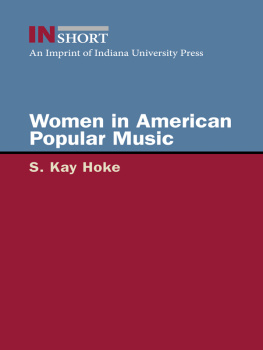
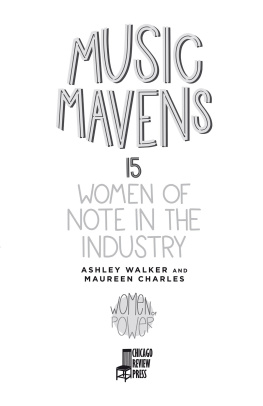
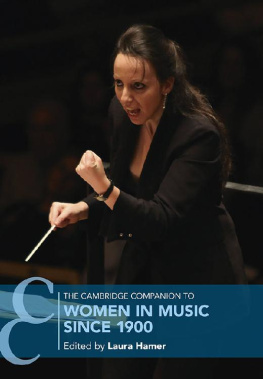

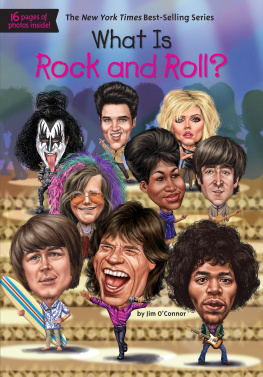
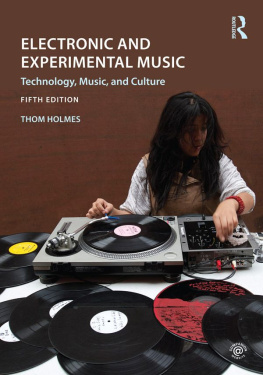
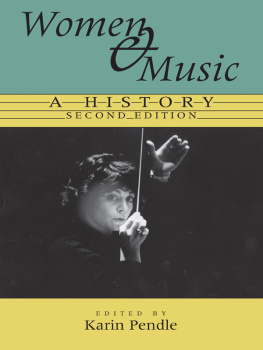
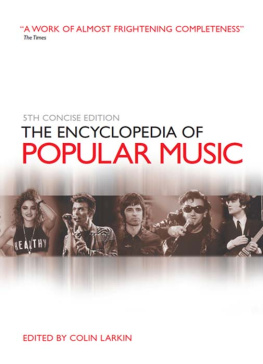

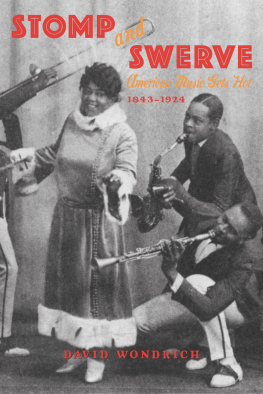

 is a new series of digital books from IU Press that focuses on contemporary and historical issues. Titles in the series will feature original content from award-winning authors and will also showcase carefully selected excerpts from previously published IU Press books and journals. Books offered in the series will provide discerning readers with short, engaging views of important and compelling topics in multiple formats. For a list of books in the series, please visit iupress.indiana.edu.
is a new series of digital books from IU Press that focuses on contemporary and historical issues. Titles in the series will feature original content from award-winning authors and will also showcase carefully selected excerpts from previously published IU Press books and journals. Books offered in the series will provide discerning readers with short, engaging views of important and compelling topics in multiple formats. For a list of books in the series, please visit iupress.indiana.edu.